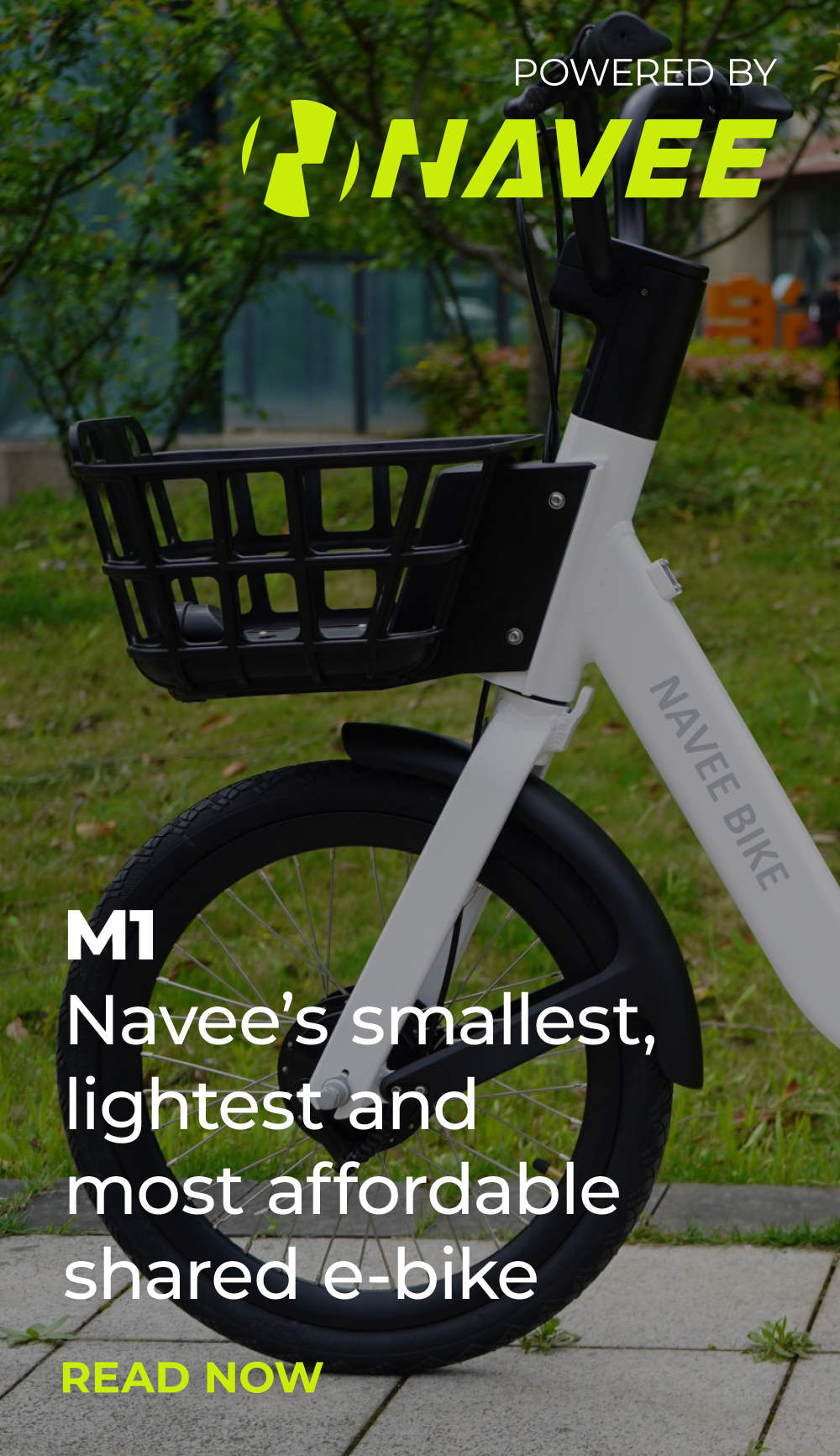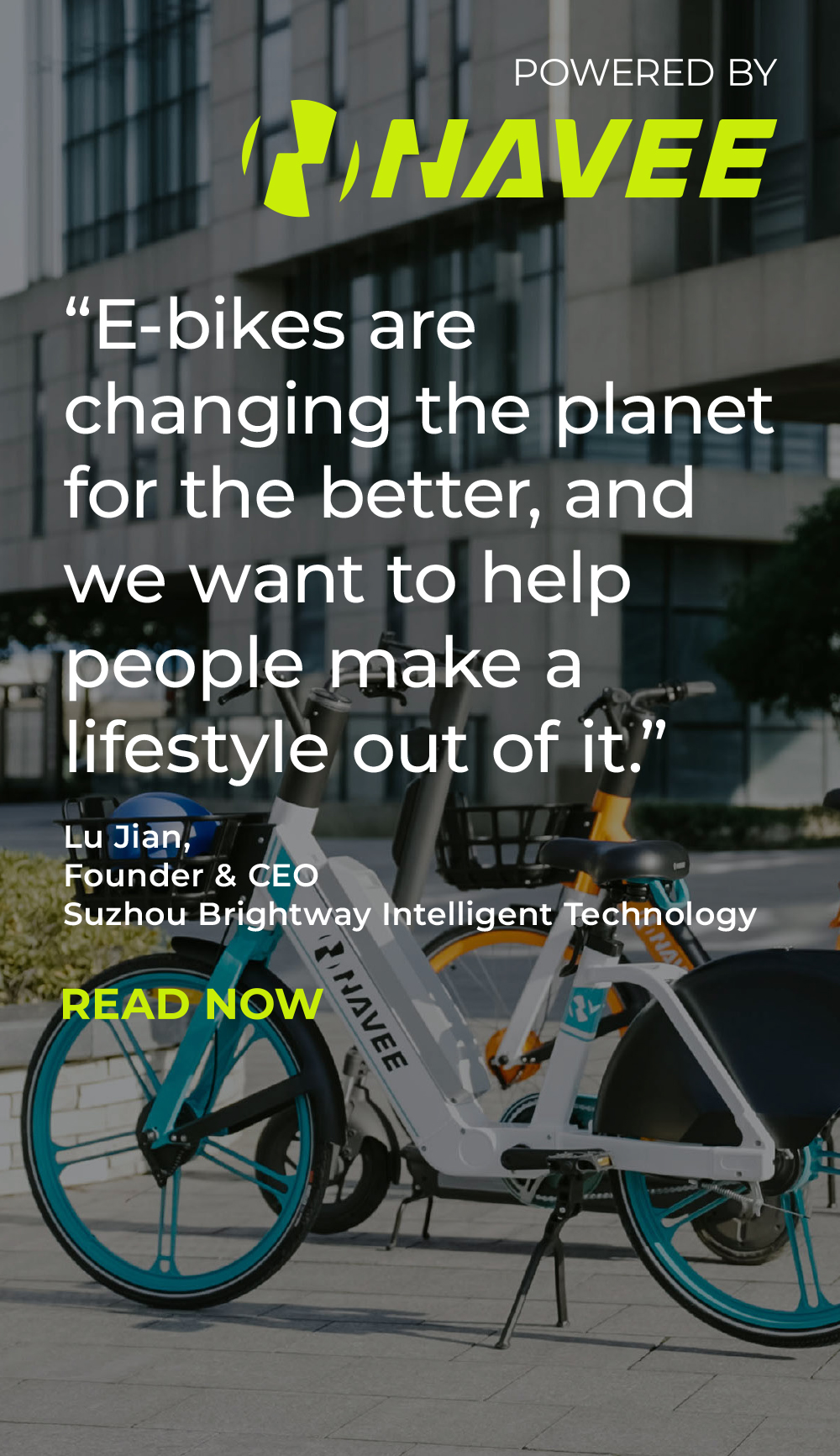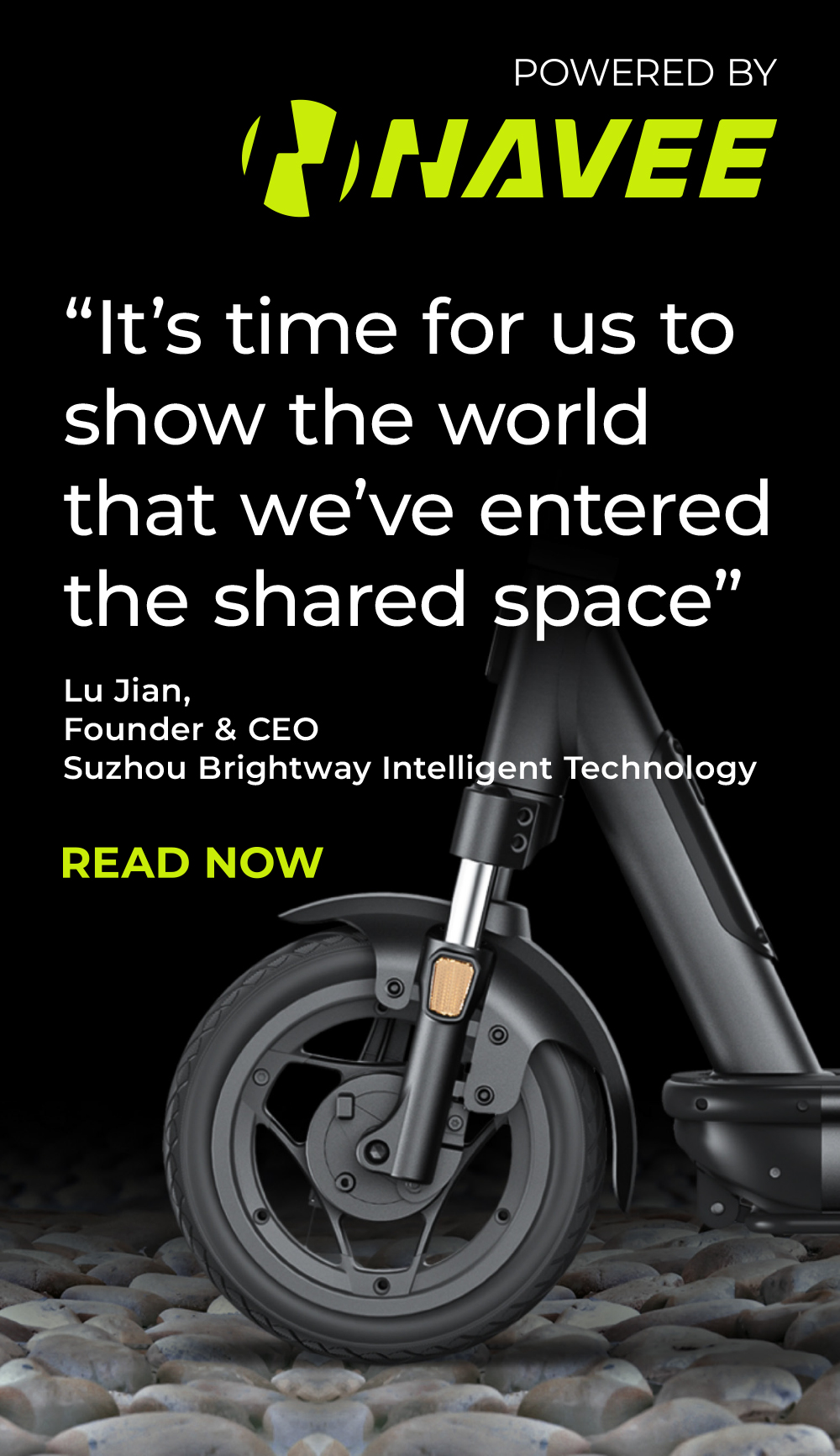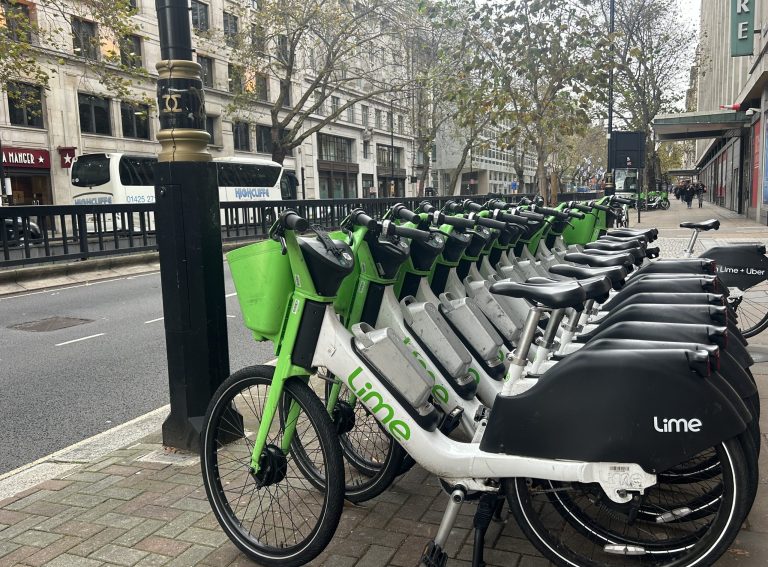Turkish micromobility operator hop boasts a 50%+ EBITDA margin.
That means half its revenue translates into cash profit.
There aren’t many operators around the world boasting these kinds of profit metrics, which is made all the more impressive given hop’s raised just $3.5 million since launching in 2019 – a humble figure compared to its European counterparts.
“Fundraising is much harder in Turkey compared with the UK or other European markets,” hop CEO Yiğit Kipman tells Zag Daily. “It’s challenging to find local venture capitalists – they’re too picky because the cost of capital is higher here than in European cities.”
Compounding this, hop set up shop just before the global COVID-19 pandemic, which was made harder still when the Turkish Lira depreciated by 60% in 2022.
Against all odds, how has hop become a strong sign of hope for shared micromobility?
100% in-house operations
Yiğit says “hard times create strong companies.” Despite the challenging global and local market conditions, profitability has been a focus from the very start of hop’s journey.
Hop now operates over 20,000 e-scooters in 21 markets. Rather than trying to rapidly scale across as many cities as possible, the operator’s strategy has been to achieve profitability in one city first before moving onto the next one.
In Turkey, hop’s e-scooters are spread across 18 cities with over 4,000 vehicles in Istanbul alone.
Venturing across borders, the operator then set up a test-bed for operations in its first international market – Montenegro’s Podgorica and later on expanded to Greece. Today, hop prides itself as being one of Greece’s fastest growing shared mobility platforms with Athens and Thessaloniki hosting 25% of its fleet.
Yiğit says that the secret to cementing hop’s presence in each of these markets is in-house operations and in-house development of its platform and tools.
“We’ve invested in building a 100% in-house operations and technology team,” Yiğit says. “We’ve developed the tools to make operational processes easier and we only use trained personnel who know the dynamics of the business and feel like part of the family.”
To ensure a uniform performance across all markets, hop has its own universal software that monitors operations using all the same key performance indicators (KPIs). It has invested in in-house algorithms and operational apps, as well as AI assisted tools that automates dispatching daily tasks for teams.
“Automating our AI assisted decision-making algorithms for daily operations was one of the most important areas we focused on for growth. We invested in our internal tools, softwares and algorithms to achieve operational excellence because that’s where we saw our competitors struggling.”
Segway’s impact
Yiğit also credits the firm’s financials to having a reliable partner. In hop’s case, that’s Segway.
“You can’t have a profitable company if you need to reinvest in your fleet every year because your hardware keeps breaking down,” he says. “And so, we couldn’t have achieved our financial results without Segway’s reliable product.”
Segway manufactures approximately 50% of hop’s fleet and closely collaborates with the operator to customise the vehicle. For example, with the customized Max Plus X e-scooter hop currently uses, Segway added front and rear-facing turn lights for visibility, an upgraded suspension and tire design for enhanced ride comfort, additional handles for smooth operational handling, and a phone holder for riders exploring Turkey’s cities.
“It’s important to get as much data from your customers and internal teams and relay that back to the partner. Segway has always been open to developing their products based on the feedback they receive from us.”
Vehicle tyres were another specific area of collaboration. Hop originally used inflated tyres before switching to solid tyres to reduce its total cost of ownership. However, customer feedback showed that users found these solid, robust tyres less comfortable to ride and wanted the old tyres back even if the total cost of running these tyres was higher for the operators.
“Segway worked closely with our product team on the technical specifications like measurements, stiffness and ride comfort until we came up with the sweet spot for comfort and cost – custom design PU-filled tyres. It was a great example of how collaboration led to a better product in the end.
“Partners like Segway that serve big players across the world have a huge inflow of data. This means that when a fault happens or a feature needs refining, they have instant access to this information from elsewhere in the world, and they provide instant improvements.”
A focus on city compliance
“We want to be the largest operator in Eastern and Southeastern Europe,” Yiğit says.
To do that, hop is focused on overcoming what Yiğit says is the biggest challenge to operating internationally – varied public policies.
In Greek markets for example, hop is required to use high-resolution geofencing maps to enforce no-parking zones, low-speed zones, and no-go zones.
“Therefore we need to depend on a specific IoT model which increases the accuracy of positioning to the sub meter-level,” says Yiğit. “Cooperating with a partner that supports us by increasing our compliance with city regulations helps secure long time licenses, build trust and drive long-term links with cities.
“It not only takes the tension off us, but off the cities too.”
Segway’s Max Plus X, which makes up 50% of hop’s global fleet, comes equipped with advanced Gen-3 IoT Technology for high-precision positioning and onboard geofencing.
“That high-precision positioning means you can apply those geofencing rules very accurately, and that’s how you gain trust from the government. When there’s a tender going on, you can show how smooth the technology works in official demonstrations and that first impression is so important.”
Varied public policy means that international expansion comes with its challenges but hop doesn’t shy away from them. The operator is continuing to focus on expanding across Greek and Turkish markets this year, before venturing into at least two new countries in the region in 2025.






